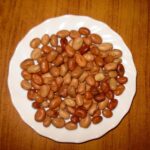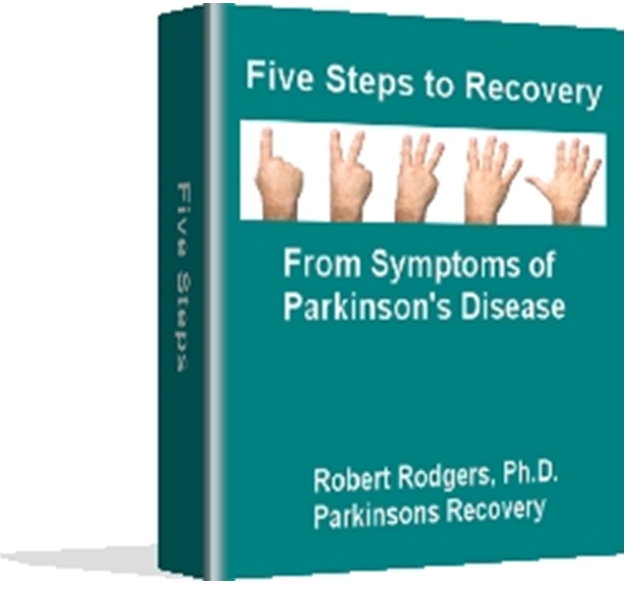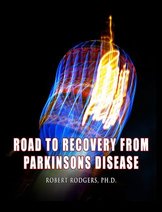I understand that it is possible to supplement Parkinsons medications with fava beans. I take meds 5x / day, have had Parkinson’s for 8 years and am 60 years old. My symptoms are fairly well controlled except for a mild tremor.
My neurologist suggested that I not “play around” with fava beans because it would cause spikes in dopamine……………
My question: Should I take an equal amount of fava bean [eg. 1 tsp. ] each time I take my meds to keep the dopamine level steady?
Carolyn
Clearly, it is always best to follow the recommendations of your doctor. I do have some evidence on fava beans that are used to supplement dopamine which I discussed below
About Fava Beans
I have talked now with a number of people who supplement their medications with fava beans. Fava beans grow in pods much like green beans and are a food that has been around for thousands of years. The bean pods are clearly most effective when they are very young and green, even before a string like fiber forms along the pod.
You can eat the beans after steaming them or boiling them in water. Of course, you can add the seasonings that you like to most like sea salt, butter or herbs.
The best effect comes from eating fava beans that are green and fresh. You can shell them, though some people like eating the shells. Or, you can grind them up, add them to other foods or beverages or take them like a pill.
Alternatively, you can boil or steam them till they are tender. Add them to salads. The more you cook them, the more they are cooked, the less dopamine enhancing value they will have.
The stories of success vary depending on the person. May I suggest that you click on the categories “fava beans” listed to the right of this post. You will be able to read some of what I have discovered about fava beans there. Fava beans are an attractive option for some people because they are a natural food, though it is always possible some people may have allergies to them.
Cooked fava beans may give you a tiny boast, but the potency can be mostly “cooked out.” Some people grind the raw beans. Other people grind the leaves and roots with good effect.
Other people report good results from growing their own fava beans, harvesting them and then grinding the beans (and/or leaves and stems). If the fava beans are grown commercially they may not have sufficient “charge” and thus have little effect, as is the case with all supplements. This is why some people with the symptoms of Parkinsons are starting to grow their own fava beans.
The concerns of your neurologist are certainly well founded. If the fava beans that you take have a sufficient charge of dopamine, it will overload your body with too much dopamine. Some people I interview consult with doctors who help them adjust their medications as they begin to take the dopamine.
Best results when you supplement parkinsons medications with fava beans is to consider using Aunt Beans fava bean tincture that Aunt Bean invented and uses to reverse her Parkinson’s symptoms. You can find instructions on how to make the tincture from this Parkinsons Recovery website: https://www.favabeans.parkinsonsrecovery.com
Robert Rodgers, Ph.D.
Parkinsons Recovery
www.parkinsonsrecovery.com






